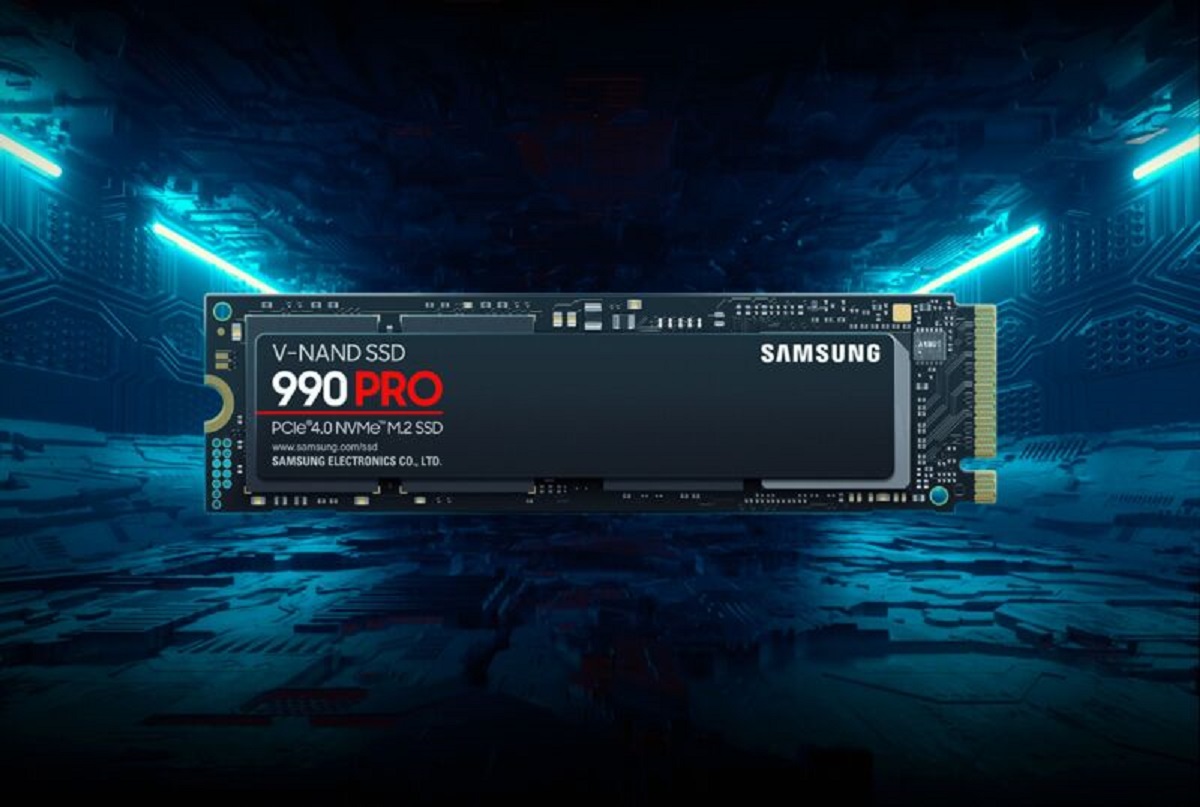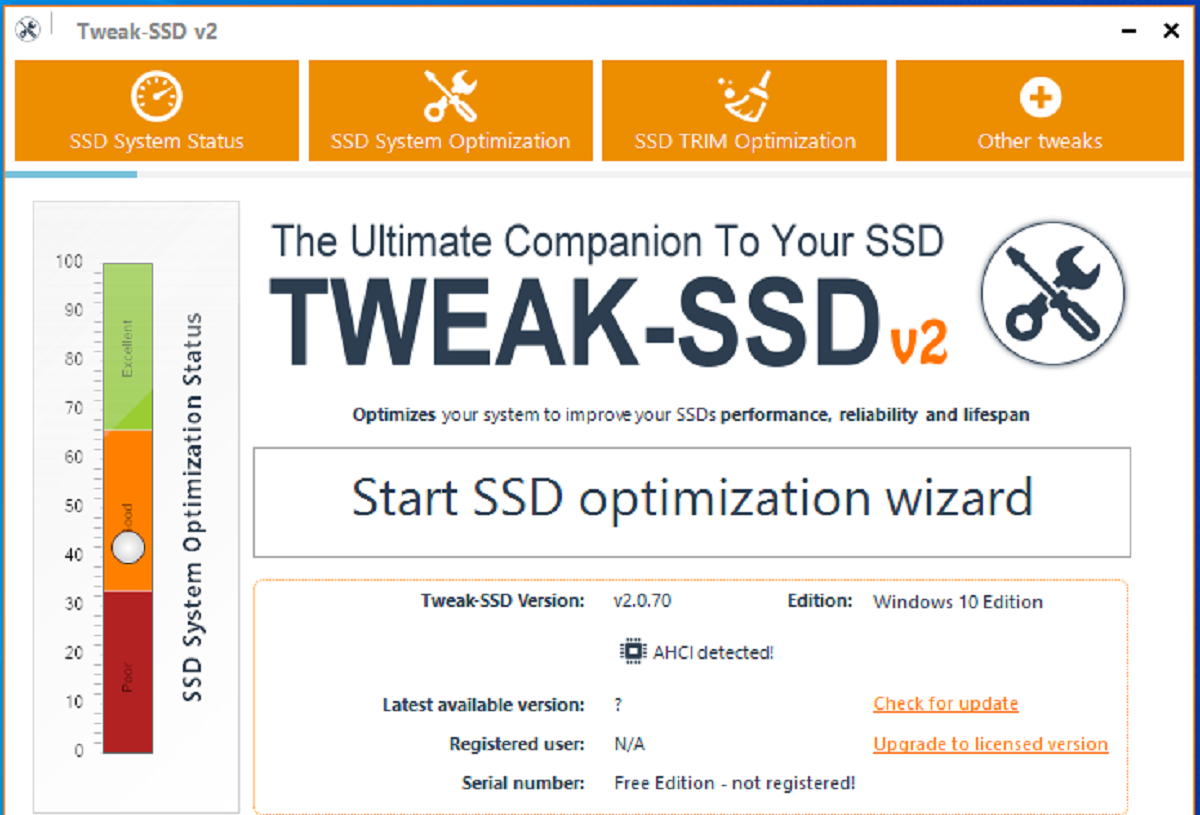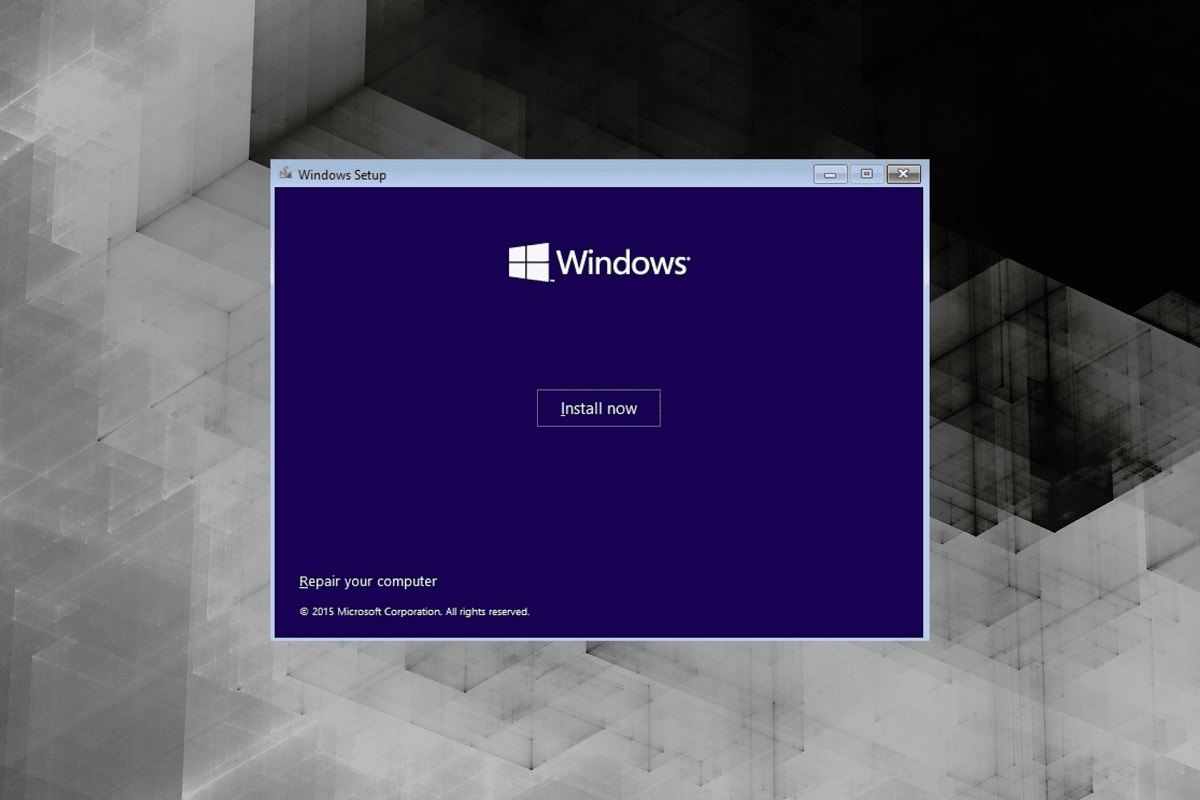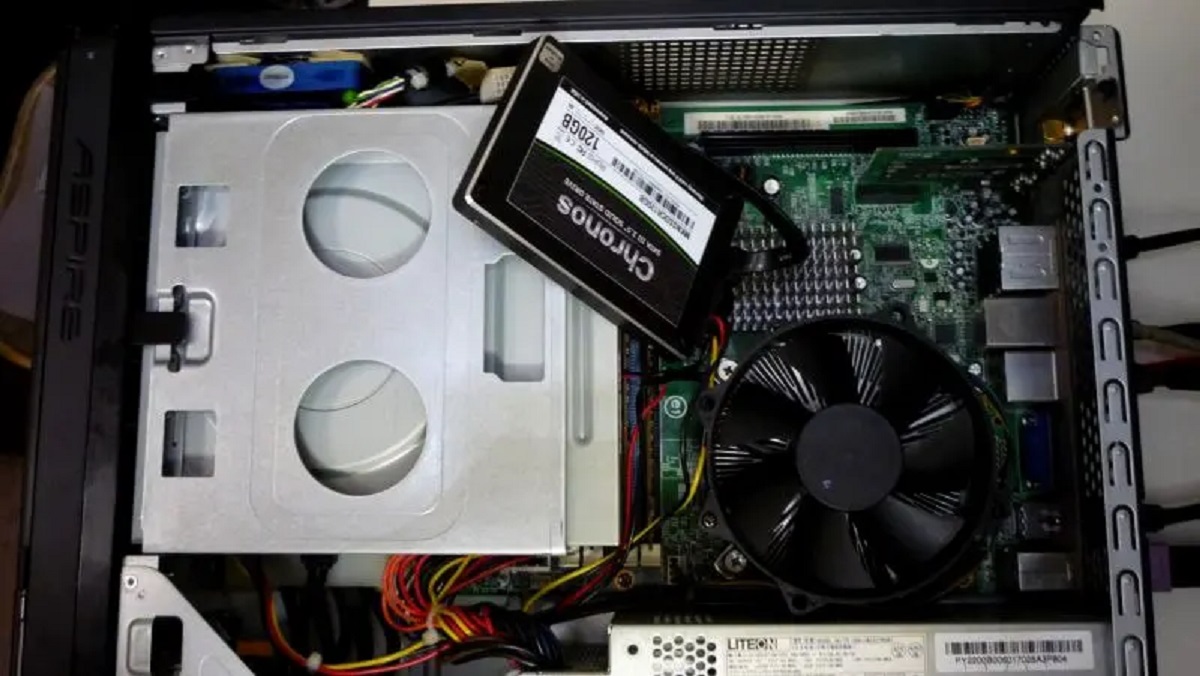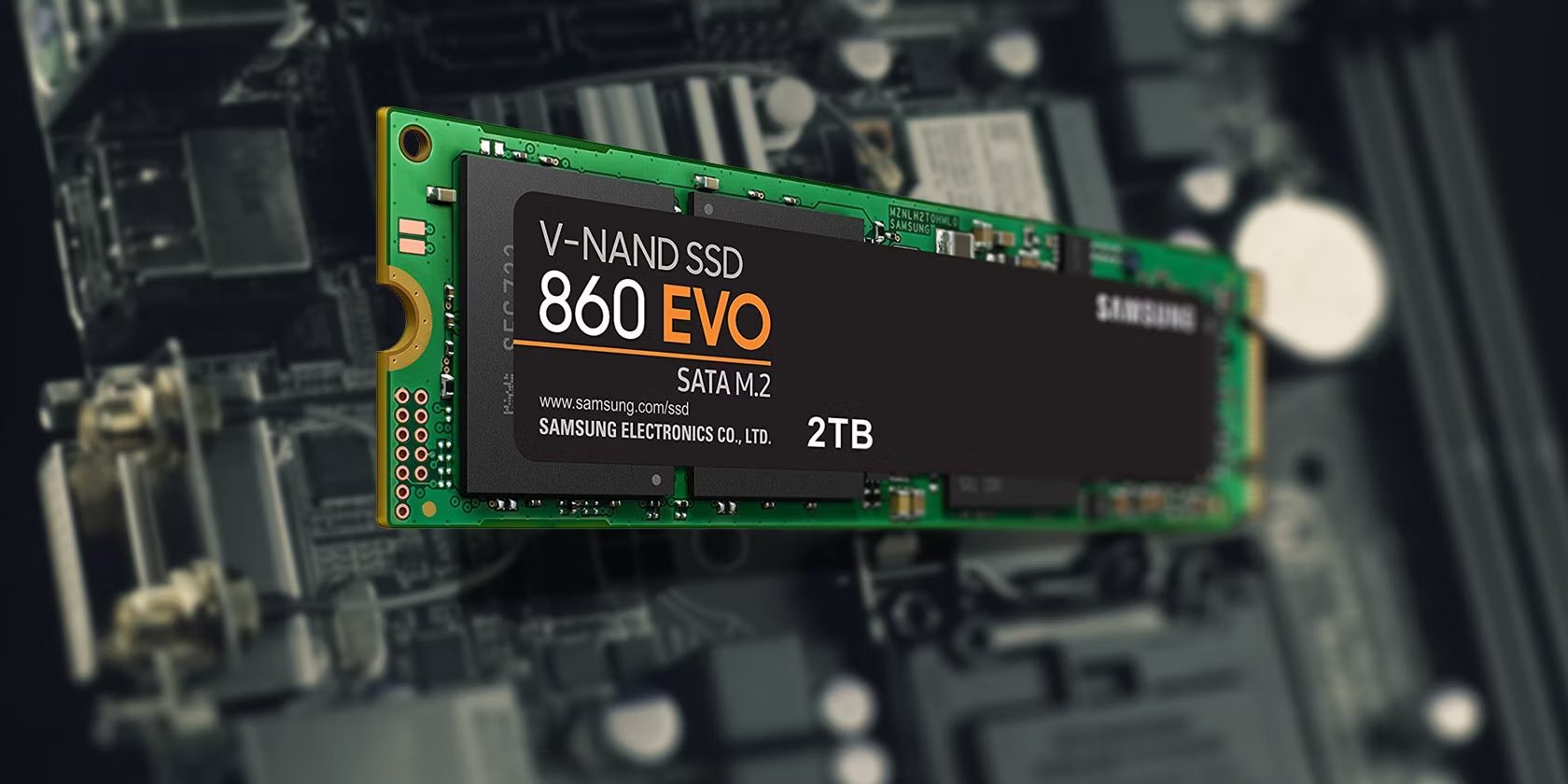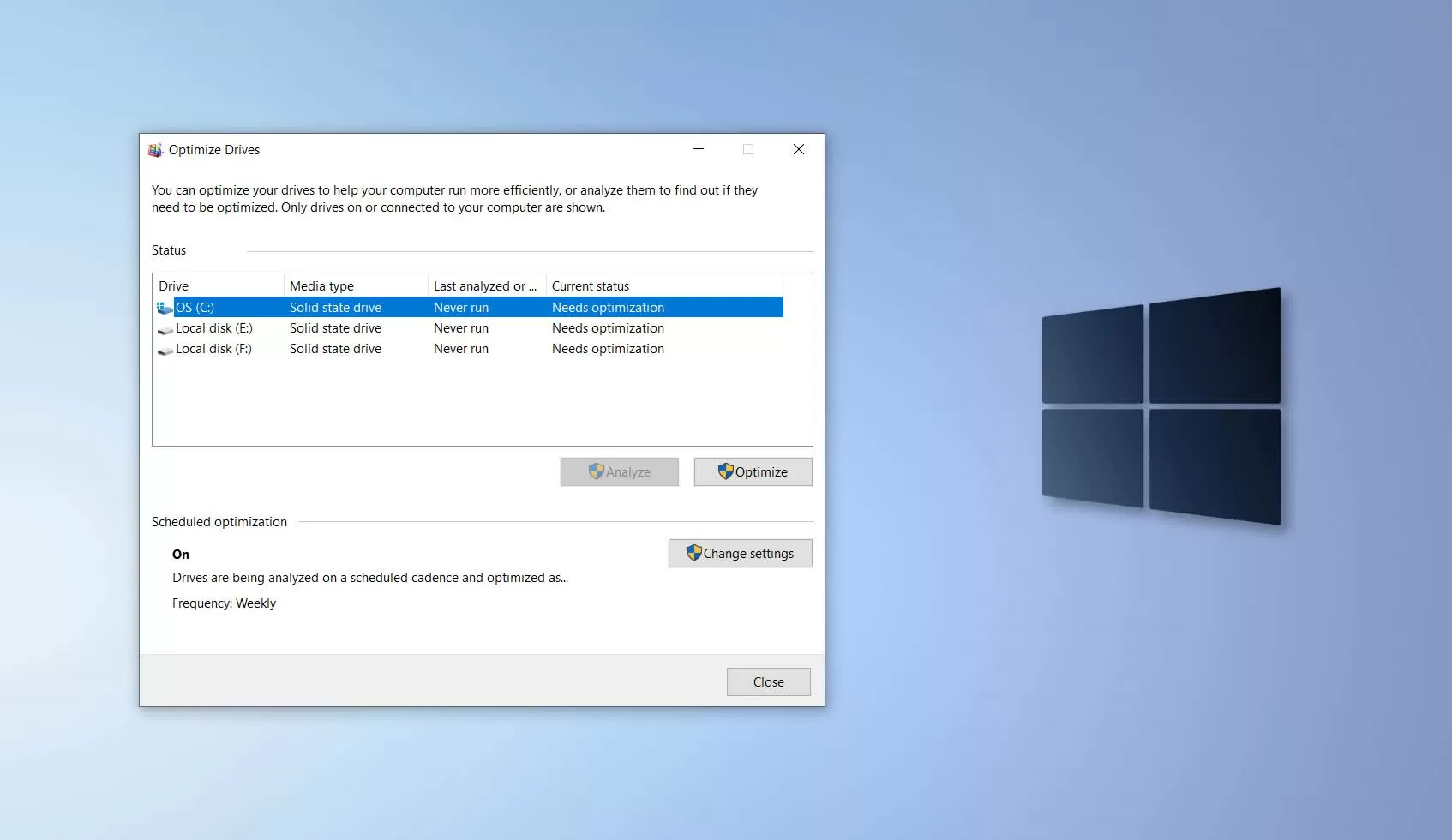Reasons to Update SSD Firmware in Windows 10
Updating the firmware of your SSD (Solid State Drive) is an essential task to ensure optimal performance and stability on your Windows 10 operating system. The firmware is the software embedded within the SSD that controls how it operates. Just like any other software, firmware updates are periodically released by SSD manufacturers to rectify bugs, improve compatibility, and introduce new features. Ignoring firmware updates can lead to potential issues that can impact the overall performance and lifespan of your SSD.
There are several compelling reasons why you should update the firmware of your SSD:
- Improved Performance: Firmware updates often include performance optimizations that can enhance the read and write speeds of your SSD. These updates can result in faster boot times, quicker file transfers, and a more responsive computing experience.
- Bug Fixes: Like any software, SSD firmware can have bugs that affect its functionality. Firmware updates address these bugs, resolving issues such as freezing or crashing. By keeping your firmware up to date, you ensure a stable and reliable system.
- Enhanced Compatibility: Manufacturers may release firmware updates to improve compatibility with new hardware or operating systems. By updating the firmware, you prevent potential compatibility issues and ensure seamless integration with the latest technologies.
- Security Enhancements: Firmware updates can also include security patches to protect your data from potential vulnerabilities. By installing these updates, you strengthen the security measures of your SSD, safeguarding your sensitive information from threats.
- Extended Lifespan: Regularly updating your SSD firmware can help prolong the lifespan of your SSD. Firmware updates often include optimizations that minimize wear and tear on the drive, thereby increasing its longevity. Additionally, updates may improve power management, resulting in lower power consumption and reduced heat generation.
By understanding the importance of updating your SSD firmware, you can ensure that your Windows 10 system runs smoothly with improved performance, stability, and security. The next section will guide you through the process of checking the current firmware version on your SSD and researching the manufacturer’s website for the latest firmware updates.
Checking the Current Firmware Version
Before proceeding with a firmware update for your SSD in Windows 10, it is important to determine the current firmware version. Follow the steps below to check the firmware version on your SSD:
- Open Device Manager: Press the Windows key + X and select “Device Manager” from the menu. This will open the Device Manager window.
- Expand the Disk Drives Section: In the Device Manager window, locate and click the arrow next to “Disk Drives” to expand the section. You should see your SSD listed here.
- Right-click on your SSD: Right-click on your SSD and select “Properties” from the context menu. This will open the Properties window for your SSD.
- Switch to the Details tab: In the Properties window, switch to the “Details” tab.
- Locate the Firmware Version: In the Details tab, scroll through the list of properties and locate the one that says “Firmware Version.” The value next to it will indicate the current firmware version installed on your SSD.
Once you have noted down the current firmware version, you can proceed to the next section to research the manufacturer’s website for the latest firmware updates for your SSD.
Researching the Manufacturer’s Website
After checking the current firmware version of your SSD, the next step is to research the manufacturer’s website for the latest firmware updates. Most SSD manufacturers provide firmware update utility tools on their websites, along with detailed instructions on how to update the firmware. Following these steps will ensure a smooth and successful firmware update:
- Visit the Manufacturer’s Website: Open your web browser and navigate to the official website of your SSD’s manufacturer.
- Find the Support or Downloads Section: Look for the Support, Downloads, or Drivers section on the manufacturer’s website. This is usually located in the main menu or the footer of the website.
- Enter Your SSD Model: Once you find the Support section, search for your specific SSD model or browse through the list of available products. Click on your SSD model to access its dedicated support page.
- Look for Firmware Updates: On the support page for your SSD model, search for firmware updates. Manufacturers often provide a separate category or section for firmware downloads. Click on the link to access the firmware download page.
- Verify Compatibility: Before downloading any firmware update, make sure it is compatible with your specific SSD model and operating system (Windows 10 in this case). Some manufacturers may provide multiple firmware versions, so be sure to select the correct one.
- Download the Firmware Update: Once you have identified the right firmware update, click on the download link to start the process. Save the firmware update file to a location on your computer that is easily accessible.
By researching the manufacturer’s website and downloading the latest firmware update for your SSD, you ensure that you have the most up-to-date software to enhance performance, fix bugs, and improve compatibility. The next section will guide you through the process of creating a backup of your data on the SSD before installing the firmware update.
Downloading the Latest Firmware Update
Once you have identified the appropriate firmware update for your SSD model on the manufacturer’s website, it’s time to download the latest firmware update. Follow the steps below to successfully download the firmware update:
- Locate the Firmware Download: Access the firmware download page on the manufacturer’s website, as mentioned in the previous section.
- Read the Release Notes: Before proceeding with the download, it’s important to review the release notes accompanying the firmware update. The release notes often contain valuable information about the changes, improvements, and known issues addressed by the update. Make sure to take note of any specific instructions or precautions mentioned in the release notes.
- Click on the Download Link: Once you have reviewed the release notes, locate the download link for the latest firmware update. Click on the link to initiate the download process.
- Select the Destination: When prompted, choose a location on your computer where you want to save the firmware update file. Select a location that is easily accessible and remember the location for future reference.
- Wait for the Download to Complete: Depending on the size of the firmware update file and your internet connection speed, the download may take some time to complete. It’s essential to let the download finish without interruption.
- Verify the Downloaded File: Once the download is complete, it’s important to verify the integrity of the firmware update file. Compare the file size and checksum (if provided) with the information provided on the manufacturer’s website. This step ensures that the downloaded file is not corrupted and is ready for installation.
By following these steps, you can successfully download the latest firmware update for your SSD. In the next section, we will discuss the importance of creating a backup of your data on the SSD before proceeding with the firmware update installation.
Creating a Backup of Data on the SSD
Prior to installing the firmware update on your SSD, it is crucial to create a backup of your data to protect against any unexpected issues that may arise during the update process. Creating a backup ensures that your important files and documents are safe and can be easily restored if anything goes wrong. Follow the steps below to create a backup of your data on the SSD:
- Identify Important Files: Determine the files and folders on your SSD that contain important data. This may include documents, photos, videos, or any other files that you do not want to lose during the update process.
- Choose a Backup Method: There are several methods available to create a backup of your data. You can use external storage devices such as USB drives or external hard drives, cloud storage services, or backup software. Choose the method that best suits your needs and preferences.
- Copy Files to External Storage: If you are using external storage devices, simply copy and paste the selected files and folders from your SSD to the external storage device. Make sure to organize the files in a way that is easy to locate and restore when needed.
- Upload Files to Cloud Storage: If you are using cloud storage services, upload the chosen files and folders to your cloud storage account. Ensure that the files are successfully synced and accessible from any device with an internet connection.
- Use Backup Software: If you prefer to use backup software, follow the instructions provided by the software to select the files and folders to be backed up. Set up a schedule for automatic backups to ensure that your data is always up to date.
- Verify Your Backup: Once the backup process is complete, it is essential to verify the integrity of your backup files. Ensure that the files can be accessed and opened without any issues. This step provides peace of mind knowing that your data is backed up and can be restored if necessary.
By taking the time to create a backup of your data on the SSD, you can protect your important files and documents from any potential data loss during the firmware update process. In the next section, we will discuss the installation process for the firmware update on your SSD in Windows 10.
Installing the Firmware Update
After completing the backup of your data, you are ready to proceed with the installation of the firmware update for your SSD in Windows 10. Follow the steps below to install the firmware update:
- Locate the Firmware Update File: Navigate to the location on your computer where you saved the downloaded firmware update file.
- Run the Firmware Update Utility: Double-click on the firmware update file to launch the firmware update utility. Follow any on-screen prompts or instructions provided by the utility.
- Read and Confirm Warnings/Disclaimers: Before proceeding with the installation, carefully read any warnings or disclaimers displayed by the firmware update utility. Pay close attention to any instructions or precautions mentioned by the manufacturer.
- Close Unnecessary Applications: To avoid any potential conflicts or interruptions during the firmware update installation, close any unnecessary applications running on your computer. This ensures a smooth installation process.
- Begin the Installation: Once you have read and confirmed the warnings, proceed with the firmware update installation by following the on-screen instructions provided by the utility. This may involve accepting terms and conditions or selecting the SSD you wish to update (if you have multiple drives).
- Do Not Interrupt the Installation: It is crucial that you do not interrupt the installation process or power off your computer while the firmware update is being installed. Doing so can result in data corruption or a bricked SSD. Be patient and allow the installation to complete.
- Reboot Your Computer (if required): After the firmware update installation is finished, you may be prompted to restart your computer. Follow the instructions provided by the utility to reboot your system.
By following these steps, you can successfully install the firmware update on your SSD in Windows 10. In the next section, we will discuss the importance of verifying the firmware update to ensure it was installed correctly.
Verifying the Firmware Update
After successfully installing the firmware update on your SSD in Windows 10, it is important to verify that the update was applied correctly. Verifying the firmware update ensures that your SSD is running on the latest firmware version and that all changes and optimizations have been implemented as intended. Follow the steps below to verify the firmware update:
- Check the Firmware Version: Repeat the steps mentioned earlier to check the firmware version of your SSD. This will allow you to confirm that the installed firmware matches the latest version available from the manufacturer.
- Observe Performance Changes: After the firmware update, keep an eye on the performance of your SSD. Notice if there are any noticeable improvements in read and write speeds, overall system responsiveness, or any previously encountered issues that have been resolved. This can provide an indication of whether the firmware update was successful.
- Monitor Stability: Pay attention to the stability of your system after the firmware update. Check if any freezing, crashing, or other issues that were present before the update have been resolved. A stable and smooth operation indicates that the firmware update was successful.
- Consult Manufacturer Documentation: If available, refer to the documentation provided by the manufacturer for the firmware update. It may contain specific instructions on how to verify the update and any expected changes or improvements that should be observed.
- Contact Manufacturer Support (if needed): If you encounter any unexpected issues after the firmware update or have concerns about its successful installation, don’t hesitate to reach out to the manufacturer’s support. They can provide guidance and assist you in confirming the firmware update’s status.
By verifying the firmware update, you ensure that your SSD is running on the latest firmware version and that any changes or optimizations have been successfully implemented. This step helps to maximize the performance, stability, and lifespan of your SSD. In case any issues persist, refer to the troubleshooting section in the following section for common problems and their solutions.
Troubleshooting Common Issues
While updating the firmware of your SSD in Windows 10, you may encounter some common issues. Don’t worry; there are solutions available that can help you overcome these problems. Below are some common issues and troubleshooting steps:
- Failed Firmware Installation: If the firmware update installation fails or encounters an error, try the following steps:
- Restart your computer and try installing the firmware update again.
- Ensure that you have administrative privileges on your Windows 10 system.
- Temporarily disable your antivirus software or any other security programs and attempt the installation again.
- If the issue persists, consult the manufacturer’s support or seek assistance from their online community forums for further guidance.
- Compatibility Issues: If you experience compatibility issues or the firmware update is not compatible with your SSD model or Windows 10, consider these steps:
- Double-check that you have selected the correct firmware update for your specific SSD model and operating system (Windows 10).
- Visit the manufacturer’s website and verify if a different or updated firmware version is available that addresses compatibility concerns.
- Contact the manufacturer’s support for further assistance, explaining the compatibility issue you are facing.
- Unexpected Performance or Stability Problems: If you encounter performance or stability issues after the firmware update, follow these suggestions:
- Ensure that all other software and drivers on your system are up to date, as outdated software can conflict with the firmware update.
- Check if there are any known issues or recommended settings mentioned in the firmware update release notes. Adjust settings accordingly if needed.
- Roll back to the previous firmware version if the issues persist, following the manufacturer’s instructions.
- If problems continue, reach out to the manufacturer’s support for further assistance.
- Loss of Data or Drive Failure: In rare instances, a firmware update can result in data loss or drive failure. To minimize the risk of such an occurrence:
- Always create a backup of your data before proceeding with any firmware update.
- Ensure that your computer is connected to a reliable power source during the firmware update process.
- If data loss or drive failure does occur, contact the manufacturer’s support immediately for guidance on potential data recovery options.
Remember, it’s crucial to follow the manufacturer’s instructions and guidelines for troubleshooting specific to your SSD model and the firmware update process. Seeking assistance from the manufacturer’s support or online community forums can provide valuable insights and solutions. In the next section, we will conclude our guide on updating the SSD firmware in Windows 10.
Conclusion
Updating the firmware of your SSD in Windows 10 is an essential task to ensure optimal performance, stability, and longevity of your solid-state drive. Throughout this guide, we have explored the importance of firmware updates, how to check the current firmware version, research the manufacturer’s website for updates, download the latest firmware, create a backup of your data, install the firmware update, verify its installation, and troubleshoot common issues that may arise.
By keeping your SSD’s firmware up to date, you gain access to bug fixes, improved performance, enhanced compatibility, security enhancements, and extended lifespan. Regularly checking for firmware updates and following the manufacturer’s instructions is crucial to maintaining a well-functioning SSD and maximizing its potential.
Remember to create a backup of your data before proceeding with any firmware update, as it adds an extra layer of protection against data loss or unexpected issues during the update process.
If you encounter any difficulties or have concerns during the firmware update process, do not hesitate to reach out to the manufacturer’s support or consult their online community forums for assistance. They are there to provide guidance and help you resolve any problems you may encounter.
Keeping your SSD firmware up to date is a worthwhile investment of your time, as it ensures that you have the latest features, performance optimizations, bug fixes, and security enhancements for your solid-state drive. By following the steps outlined in this guide, you can confidently update the firmware of your SSD in Windows 10 and enjoy a smoother and more efficient computing experience.







